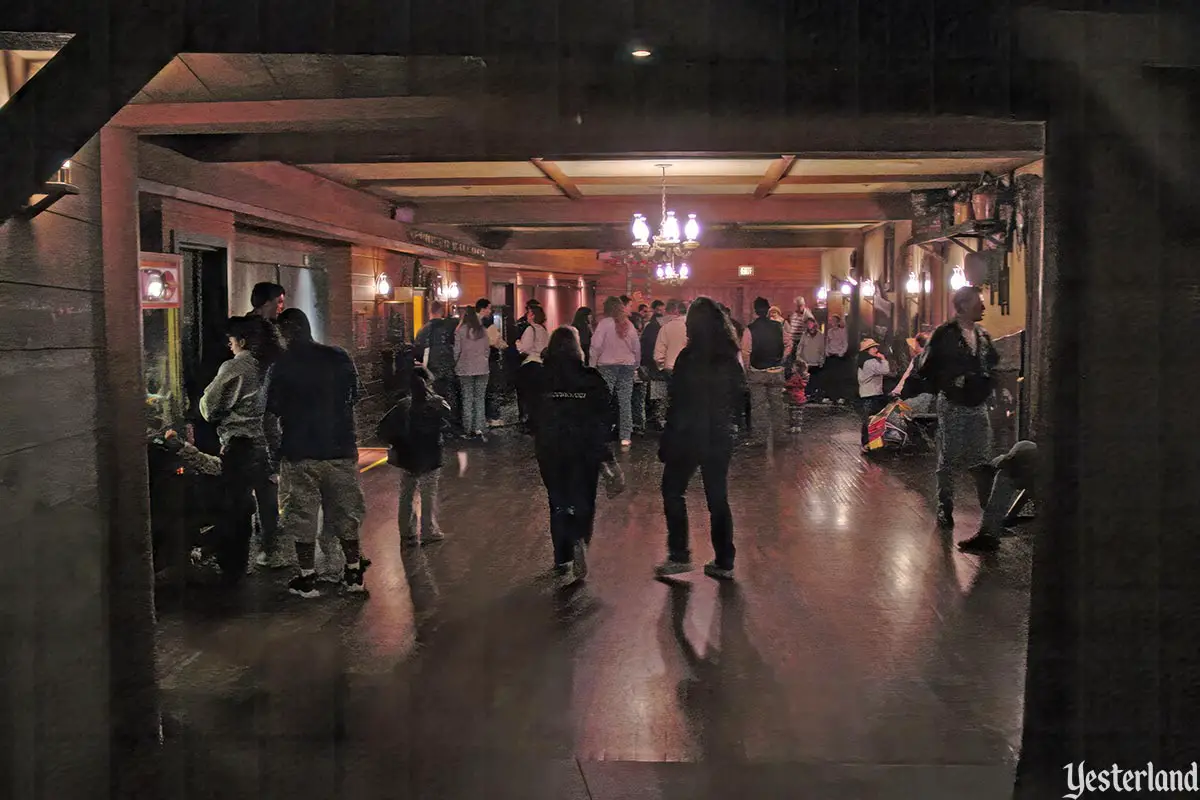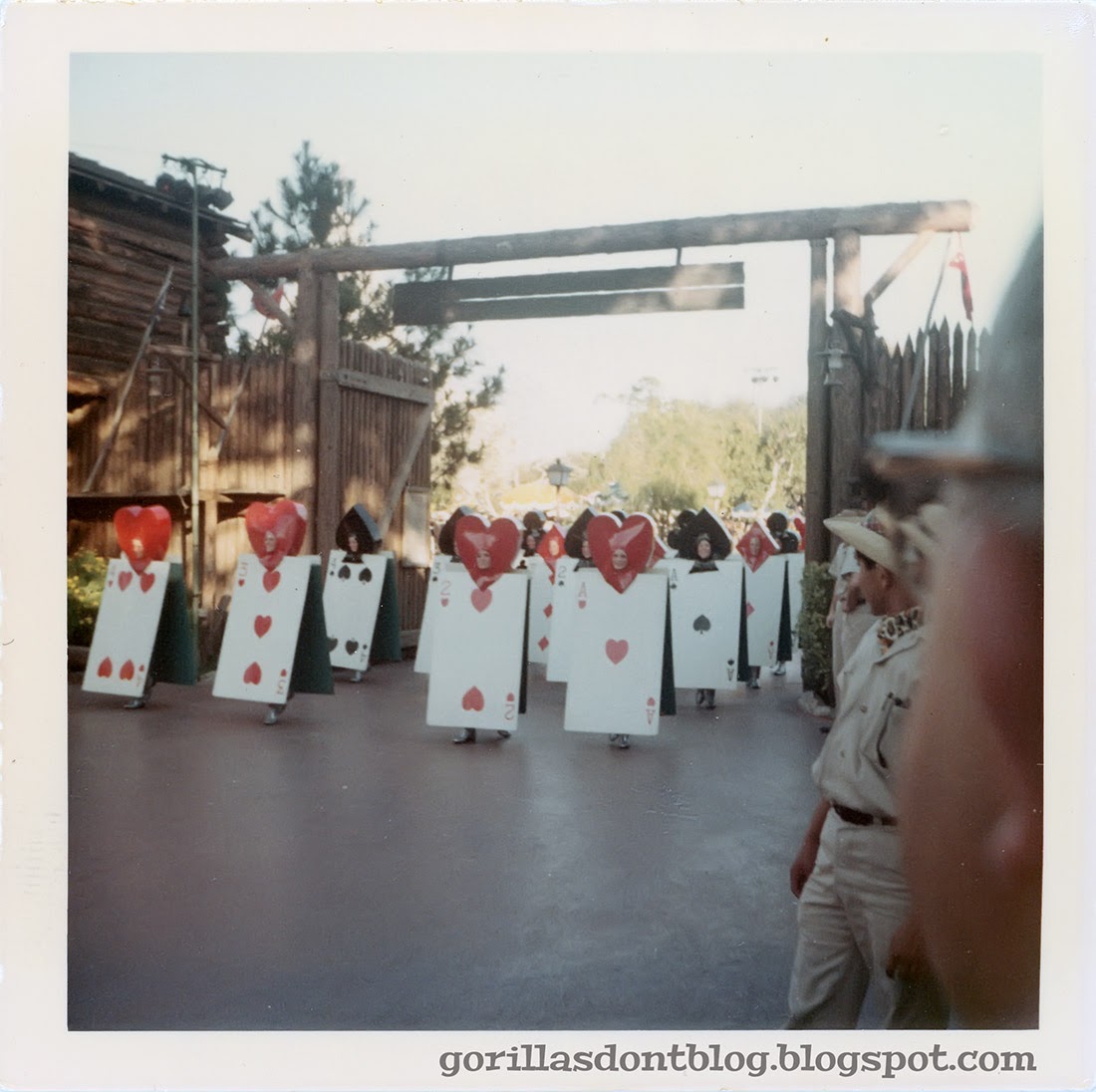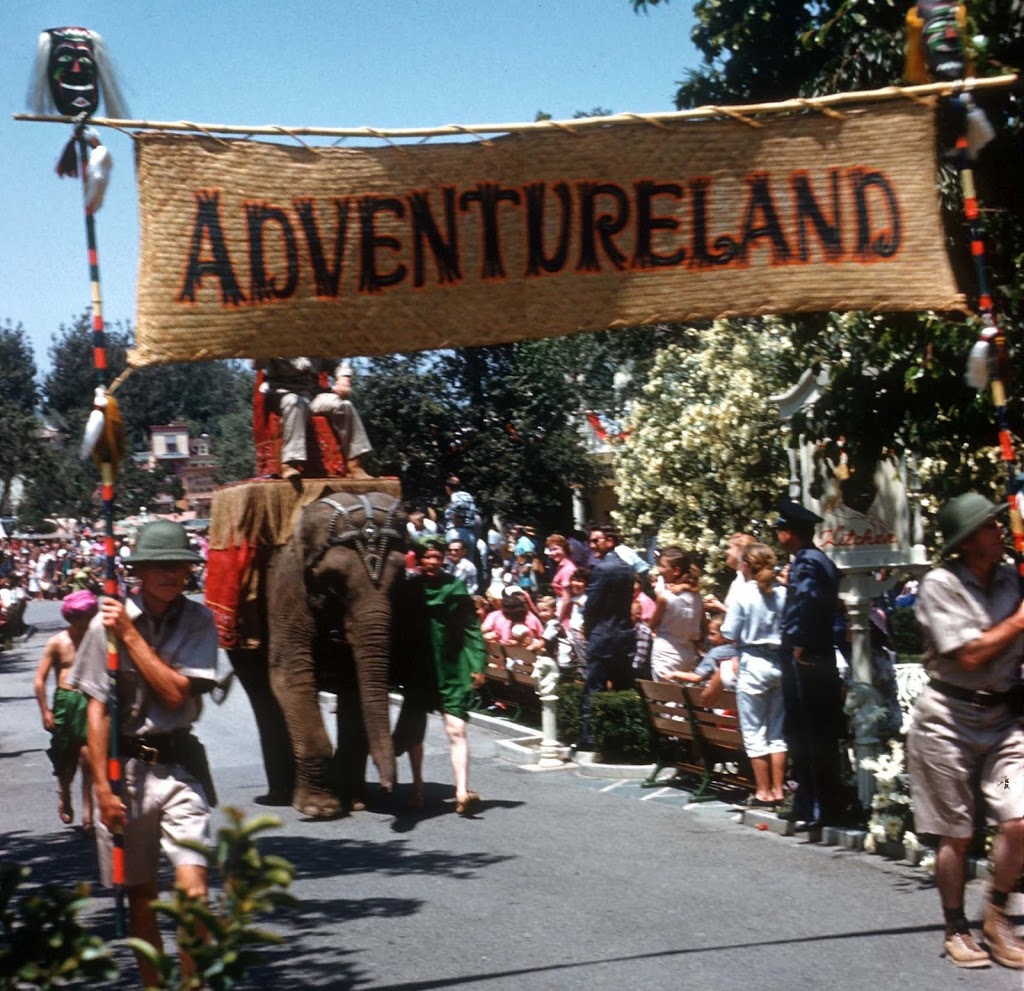While there are a handful of individual attractions that have differences between the two parks, the biggest difference is the master planning effort that went into MK. While DL is known for its details and charm, MK and all of WDW Phase 1 focused on the layout, infrastructure, and operations to a degree that the company hasn't really considered since. People throughout the contry even today often remark that Disney should run various local utilities, transit, and services, which is testament to just how groundbreaking a lot of the planning-level decisions were.
While the individual elements may be too many to count, some of the more famous ones are DACS (Digital Animation Control System, the centralized computerized show controls), entirely sub-grade utilities and infrastructure, the Utilidors, pneumatic waste disposal, and the arrival sequence from the Transportation and Ticket Center across/around Bay Lake to the park entrance.
This was actually an intentional decision made early in the park planning. All of the park's original AA-heavy attractions were built in pairs, to facilitate consolidated infrastructure and maintenance. Country Bear Jamboree shared a building with Tropical Serenade, Hall of Presidents shared a building with Mickey Mouse Review, and Haunted Mansion and it's a small world were paired together. This allowed shared communications duct banks from the DACS room to the individual facilities, along with shared storage facilities for routine maintenance. In a clever move, each of these pairs was split between two lands, to make their proximity less obvious.
Attractions with less complex figures (Jungle Cruise, Fantasyland dark rides, etc.) or fewer AAs (Flight to the Moon) were scattered around to help balance things out. When Pirates of the Caribbean, Carousel of Progress, and Splash Mountain were added after park opening, they were unable to share infrastructure due to the piecemeal build-out. When the resort transitioned from magnetic tape storage to compact disc in the 80's and 90's, the centralized DACs system was abandoned, since the media had gotten small enough that it could be managed within each individual facility.
Similarly, several of the park's largest restaurants were paired together, sharing walls and kitchen facilities between the Adventureland Veranda and Diamond Horseshoe, Liberty Tree Tavern and Columbia Harbor House, and Pecos Bill and (when Caribbean Plaza was added in 1973) El Pirata Y El Perico.
Interestingly, one of the biggest differences between DL and MK today was actually a similarity at one point. While DL's parade route now ends at it's a small world, it originally turned left at the castle, snaked along Rivers of America, and exited the park near the Frontierland train station. Documentation of this is tough to find, as the park's parades were more infrequent and had considerably smaller floats than the daily rolling barges we see today (which require a much larger route), but as best I can tell the change occurred some time in the second half of the 1960's, around the time New Orleans Square and Small World Mall were added. While it had likely already switched prior to MK's opening, the similarity was there during the park's planning stages
Here are some cards from Wonderland walking through the Frontierland gate
This one is a little harder to make out, but the sign on the right side appears to be for Aunt Jemima's Kitchen, which was in the building that is currently home to the Riverbelle Terrace




